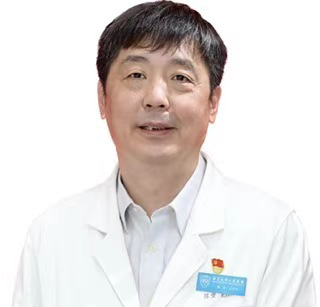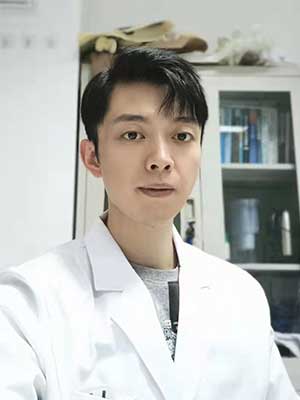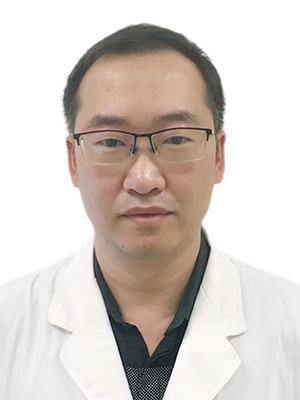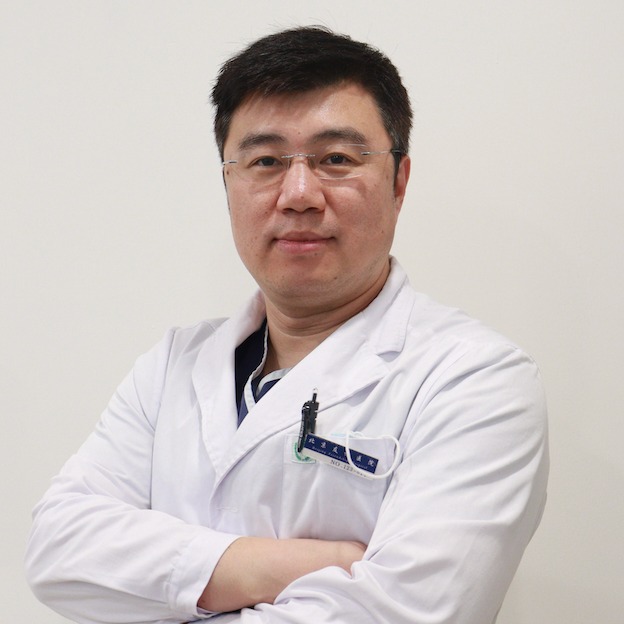What causes the three bones to protrude at the back of the neck when bending the head down?
Under normal circumstances, the main causes of three prominent bones appearing at the back of the neck when bending the head forward include normal cervical spinous process protrusion, prolonged forward-head posture, loss of cervical lordosis (straightening of the physiological curve), cervical osteophyte formation (bone spurs), and nuchal ligament calcification. If discomfort occurs, it is recommended to seek timely medical evaluation and treatment at a正规 hospital. Detailed explanations are as follows:
1. Normal Cervical Spinous Process Protrusion
The spinous processes at the back of the cervical spine are naturally slightly prominent. When the head is bent down, the neck muscles relax, making these bony projections more visible—especially in individuals with a slender build. This is considered a normal physiological phenomenon. No special treatment is required. Maintain proper sitting posture daily, avoid prolonged head-down positions, perform appropriate cervical stretches, and preserve the natural alignment of the cervical spine.
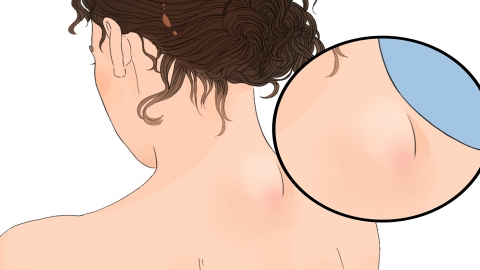
2. Prolonged Forward-Head Posture
Continuously looking down at mobile phones or computers keeps the cervical spine flexed forward, causing the spinous processes to be stretched and appear more prominent, resulting in a visibly raised area. Adjust the height of electronic devices so that your eyes are level with the screen. Get up and move every 30 minutes of screen time, performing neck exercises such as looking upward, turning the head left and right, and stretching the neck muscles to promote relaxation.
3. Loss of Cervical Lordosis (Straightened Cervical Curve)
Prolonged poor posture can lead to the loss or straightening of the natural forward curve of the cervical spine, causing abnormal alignment of the spinous processes. The bony prominence becomes more noticeable when bending the head forward, often accompanied by neck stiffness. Under medical guidance, cervical traction devices may be used to restore the physiological curve. Medications such as Eperisone Hydrochloride Tablets, Celecoxib Capsules, or Diclofenac Sodium Sustained-Release Tablets can help relieve muscle tension. These may be combined with "Mi-character" cervical exercises for rehabilitation.
4. Cervical Osteophyte Formation (Bone Spurs)
With aging or chronic cervical strain, bony outgrowths (osteophytes) may form along the edges of cervical vertebrae. These become more prominent when the head is lowered and may compress surrounding tissues, leading to pain. Under medical supervision, medications such as Glucosamine Hydrochloride Capsules, Chondroitin Sulfate Sodium Tablets, or Etoricoxib Tablets may be used. Avoid excessive cervical loading and use a supportive cervical pillow to maintain proper spinal alignment.
5. Nuchal Ligament Calcification
Chronic traction or inflammatory irritation of the nuchal ligament in the neck can lead to calcium deposition and calcification. When the head is bent forward, the calcified ligament appears together with the spinous processes, forming a noticeable bump. Under medical guidance, nonsteroidal anti-inflammatory drugs such as Ibuprofen Sustained-Release Capsules, Loxoprofen Sodium Tablets, or Naproxen Sodium Tablets may be prescribed. Local physical therapy may also help. In severe cases, surgical removal of the calcified lesion may be necessary, followed by gradual cervical rehabilitation exercises post-surgery.
In daily life, maintain correct sitting and standing posture and avoid prolonged head-down positions; choose a pillow with appropriate height to support the natural curvature of the cervical spine; perform regular neck and shoulder muscle exercises, such as wall-leaning chin tucks; keep the neck warm to prevent cold exposure; and undergo regular cervical spine check-ups to detect and intervene early in case of abnormalities.




